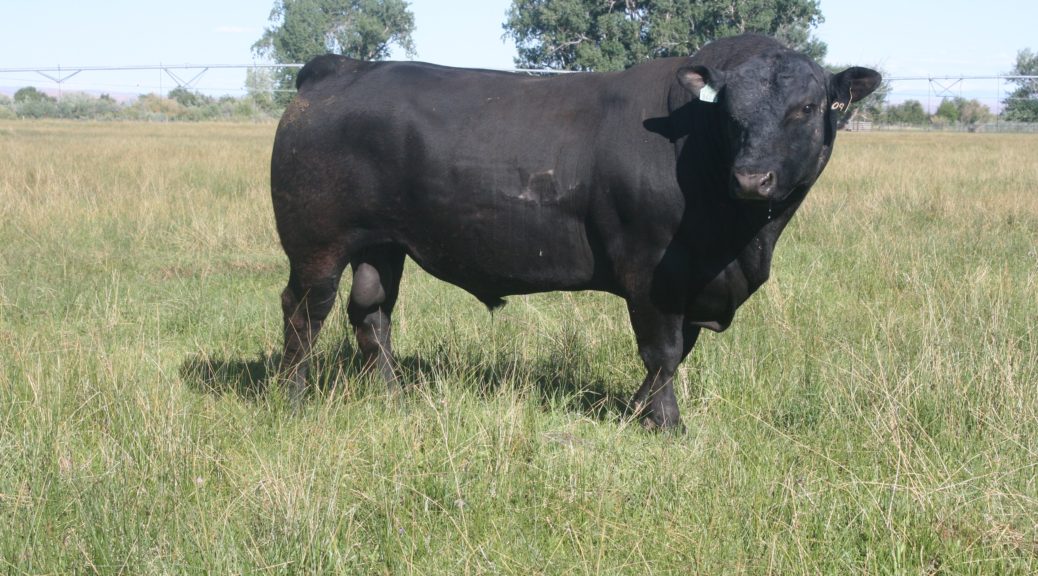
“Selective Breeding and Husbandry in Cattle 3″
More on EPDs
In my last installment, I stated that EPDs are a great tool if used with intelligence and common sense. The end result is in the hands of the breeder. However, a huge portion of the EPDs and $ indexes utilized by the American Angus Association, for example, are geared towards terminal traits. This in and of itself is neither good nor bad. It’s the decisions that we make based on the information at hand that will get us into trouble.
The $B Index
The $B index is a composite of the EPDs representing post-weaning performance along with carcass quality and yield. In other words, it encompasses only terminal traits. The following is a quote from the American Angus Association website. “Although feedlot and carcass merit are important components of the beef production chain, it should be stressed to producers that the $Values ($F, $G, $B) are not to be used as a single selection criterion, since the indexes only encompass post-weaning and carcass performance.” The quote doesn’t go far enough. They should go on to explain that single trait selection for $B is genetically antagonistic to cowherd fertility and efficiency.
Fertility is the single most important cowherd trait. If a cow doesn’t have a live calf every year, she’s a liability rather than an asset. If she doesn’t produce a live calf every year without a lot of extra care and management, the size of her $B number is a moot point.
Promotion and Commotion
To the promoter’s way of thinking, the animal with the bigger number is more saleable. Right now, in the Angus breed, cattle with the highest $B numbers are all the rage. As my neighbor and competitor put it, “Those are the ones bringing the big bucks.”.
Terminal Specialists
There is a need and a place for terminal cattle. The commercial producer needs to use bulls bred to maximize feedlot performance and carcass quality. He just shouldn’t keep their daughters. Novice purebred breeders get trapped into the notion that with EPDs, they can have the best of everything in one animal. This simply isn’t so. The best commercial results are achieved using bulls that are linebred for terminal excellence on cows that have been bred specifically to be maternal specialists.
Maternal Specialists
The commercial cow herd needs to be bred to be fertile and trouble-free.
The size of these cows will vary according to the environment and available inputs. Something that is just as true in Iowa as in New Mexico, though, is that the larger your cows are, the fewer of them you can graze on the same acreage.
In cattle, fertility and hormonal balance have a recognizable look. Look for a wedge shape from back to front with a refined, feminine look to the neck and head.
Udder and teat structure in beef cattle has improved a lot through the years. There are still some terrible ones out there, though. Udders should be tight, level, and well attached in the rear. Teats should be short enough and narrow enough in diameter that a newborn calf can find and get ahold of them with a minimum of difficulty. The more cows you keep that aren’t within the above parameters, the more newborns you’ll have to help nurse. See “Beef Improvement” on page 12 for a visual reference.
Milk production can vary depending on the environment. Just bear in mind that the more milk she produces, the more nutrition she’ll require to rebreed in a timely manner.